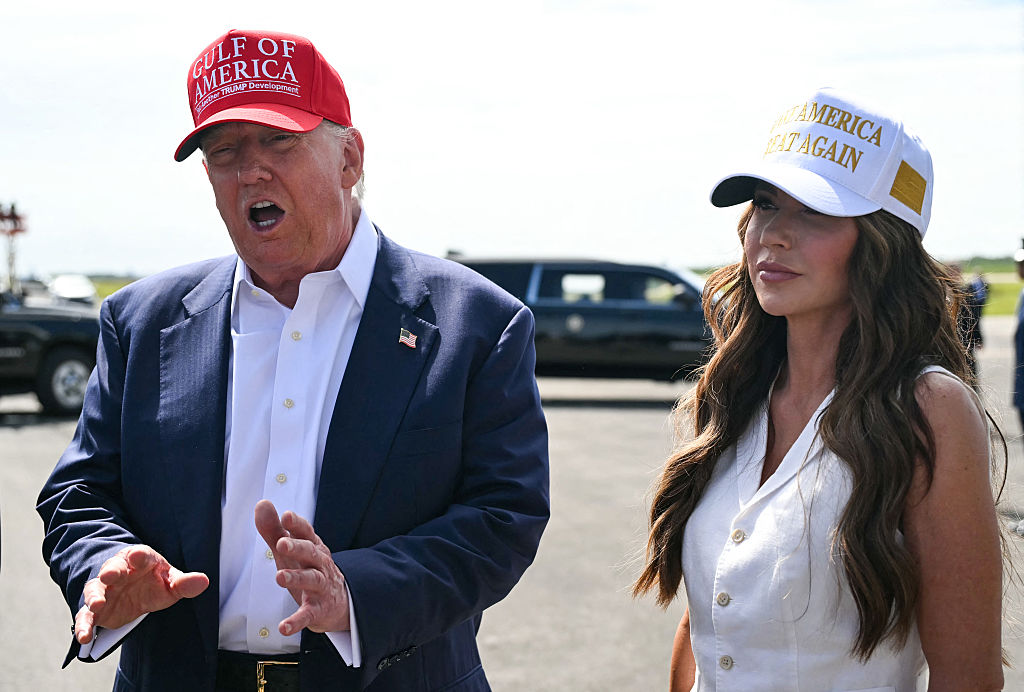Evidence Of Child Labor In Mali Gold Mines
GENEVA (AP) — Gold mined by children living in poverty in Mali is making its way into the international supply chain where it has been purchased mainly by trading houses in Switzerland and the United Arab Emirates, Human Rights Watch said in a report Tuesday.
See Also: All Eight Sandusky Accusers To Testify
The supply chain from artisanal mines in Mali to gold-buying companies was first traced by The Associated Press in an investigation in 2007 and 2008 that included visits to six bush mines in three West African countries.
The AP found the money trail led from these mines to numerous middle men before nearly all of it was bought by two small Geneva companies, Monetary Institute and Decafin SA.
Following up on the AP report, the New York-based Human Rights Watch obtained export records from Mali’s government showing that between January and June 2011 companies from Belgium, Hong Kong, Portugal, Spain, Switzerland and the United Arab Emirates bought more than $83 million of Mali’s artisanally mined gold, with Decafin being the sole Swiss importer.
Marc Arazi of Decafin, however, said his family business in an elegant downtown building along the waterfront does not buy gold from mines that use child labor. “Absolutely not,” he told AP, without elaborating. “Not at all.”
A lawyer for Decafin replied to the human rights organization in September that the company has just six staff and lacks the means to investigate the problem, but is concerned about child exploitation and wants to be kept informed. He said Decafin has had no direct contact with either gold producers or Mali’s government.
In 2008, Decafin unsuccessfully sued AP to stop the publication of an article showing that Decafin was buying gold from middlemen that in turn bought from mines using child labor in Mali. At the time, another lawyer for Decafin said the company was concerned about child labor but has no legal responsibility to investigate how the gold it imports is mined. He added that Decafin trusts the intermediary it uses in Mali and is certain his gold is not the product of child labor.
Tarek ElMdaka, managing director of one of the other gold buyers, Kaloti Jewellery International of Dubai, Hong Kong and Istanbul, wrote Human Rights Watch in July that based on the group’s research it had suspended all imports from two Malian gold sellers.
HRW estimates between 20,000 and 40,000 children, some thought to be as young as 6 years old, work in Mali’s artisanal gold mines. Many of the children are exposed to toxic mercury used in the processing of gold, and some have suffered long-term spinal injuries. They also face risks such as accidents in unstable pits as well as physical and sexual abuse.
“It is really difficult. It can make you sick,” Lansana K., a 13-year-old in Baroya, Mali told the rights group. Lansana, whom the group identified only by first name and last initial, complained of headaches and back, shoulder and muscle pain. “I prefer to have free time than to work (at the mine). But my parents say I have to work to buy the study material for school.”
The human rights group said 21 of the 33 child laborers who were interviewed for the report complained of respiratory ailments or recurring pain in their head, back, arms or joints. In developing countries, a child laborer is defined under U.N. standards as anyone under 14. For hazardous work, the minimum age is 18.
Child labor is common not only in West Africa’s gold belt but also in artisanal gold mines around the world.
“I work at the mining site. I look after the other children and I carry minerals. It is hard,” Mamadou S., a child in Baroya estimated to be 6 years old, told HRW. “I work with mercury. You mix it in a cup and put it on the fire.”
The use of mercury to separate gold from ore is a particular threat to the children, because mercury attacks the brain, causing mental retardation, tremors, speech impediments, kidney damage and blindness.
“The most serious risk is inhaling the vapor from the mercury,” said Juliane Kippenberg, a senior children’s rights researcher at HRW and the author of the report. “Children do regularly touch the mercury and the health system is not addressing the problem at all.”
Meanwhile, Malian gold traders expressed “very little interest or awareness” of the risks to children, she said. “What we want is for businesses to find out where that gold is coming from. They don’t have proper due diligence procedures in place,” said Kippenberg.
Mali’s government adopted a plan in June to eliminate child labor, but Human Rights Watch said the country has not done enough and the mines are not regularly inspected. Attempts to reach Mali government officials for comment were unsuccessful.
The U.N. labor agency estimates potentially hundreds of thousands of children in West Africa mine for gold, many of them young boys expected to earn money for their families.
“My stepmother takes all the money they pay me,” Mariam D., a child in Worognan estimated to be 11 years old, is quoted in the report as saying. “I don’t want to work in the mines. I want to stay in school. I got malaria, and I am very tired when I work.”
See Also:Dead Friend Buried Beneath Christmas Presents
See Also:Legless Father Pursue’s Son’s Killer















